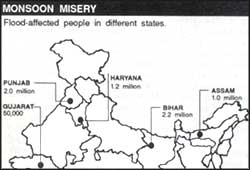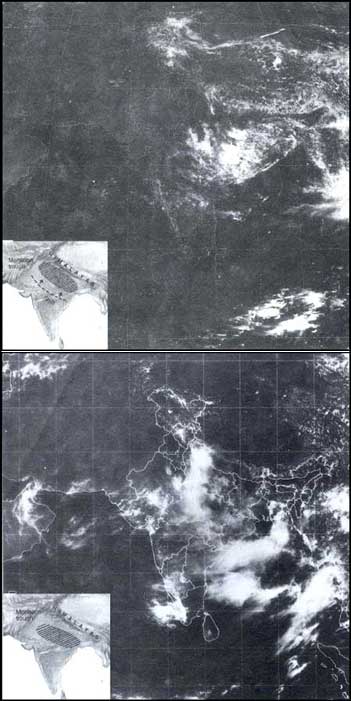Order of the National Green Tribunal regarding desilting of the Defence Colony drain in Delhi before the monsoon, 16/04/2025
<p>Order of the National Green Tribunal in the matter of Nizamuddin West Association Vs Union of India & Others dated 16/04/2025.</p> <p>The matter related to desilting of 24 drains with special focus








